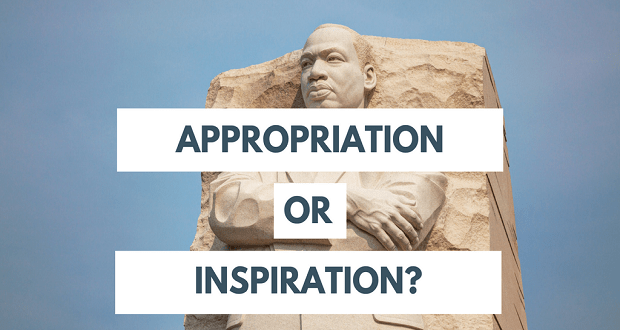
I have written about stereotype threats once before but I would now like to explore the phenomena in more detail in a series of posts.
A stereotype threat is the expectation or the fear that one will be judged on the basis of a negative stereotype about his/her social identity group member rather than actual performance and potential.
If you have not read Claude Steele’s book, Whistling Vivaldi, I encourage you to do so. He outlines numerous studies that show stereotype threats have an immediate impact on performance. For example, he reports on experiments that show women will perform less well than men on math tests unless they are told before the test that there is no difference in performance on that particular test, and then their performance will equal or exceed that of their male counterparts. Similar results were found for African American and Hispanic students on standardized tests. These findings show that an individual’s performance can diminish because of the awareness that he or she may be judged on the basis of negative stereotypes. This is true whether the individual believes the stereotype.
Although there are numerous laboratory studies in academic settings that show the impact of stereotype threats on performance, the influence in work settings has not be explored very much.
In a paper written by Caryn J. Block, Sandy M. Koch, et. al entitled Contending With Stereotype Threat at Work: A Model of Long-Term Responses and published in The Counseling Psychologist, the authors explore the impact of stereotype threats at work.
The authors contend that in a workplace where an individual is in the minority there is a greater likelihood that that individual will experience stereotype threats. They posit that there are three potential responses to stereotype threats in the workplace:
Fending off the stereotype threat by overcompensating. They work hard to prove that the stereotype does not apply to them or that they are not a typical member of their group. They may distance themselves from the negatively stereotyped group and assimilate by trying to behave and act more like a more positively viewed group.
Discouraged by the stereotype threat leads to disengagement because the individual believes that no matter how hard he/she tries, the stereotype is just too big to overcome. This can manifest in disengagement from negative evaluations about one’s group in order to preserve self-esteem. For example, from a psychological perspective, negative performance evaluations are discounted by the individual and not relevant to their self-perception. In the short term, disengagement may work in preserving one’s self-esteem but in the long term may negatively impact motivation and performance because they believe they have no control over the outcomes.
Resiliency to the stereotype threat is a response that the author’s believe many underrepresented groups actually manage to have in the workplace. It may play out in an advocacy or champion role, supporting learning and training in the organization to alleviate stereotypes; it may be in pointing out positive attributes of the targeted identity group or collective action, such as affinity groups that work to support inclusive practices.
In the posts to follow, I will highlight how stereotype threats impact specific identity groups.



![I Am [From] Woman: An Ode From a Man](https://theinclusionsolution.me/wp-content/uploads/2017/03/i-am-from-women-620x330.png)















I thought Whistling Vivaldi was a fascinating book, but I think he attributes too much to stereotype threat, to the exclusion of other principles and processes. I find the harmful impact and reality of micro aggressions at all levels has a powerful negative impact on performance and life quality of people in an oppressed/non-dominant group – and I’m not sure the interaction between microaggressions and stereotype threat has been teased out.